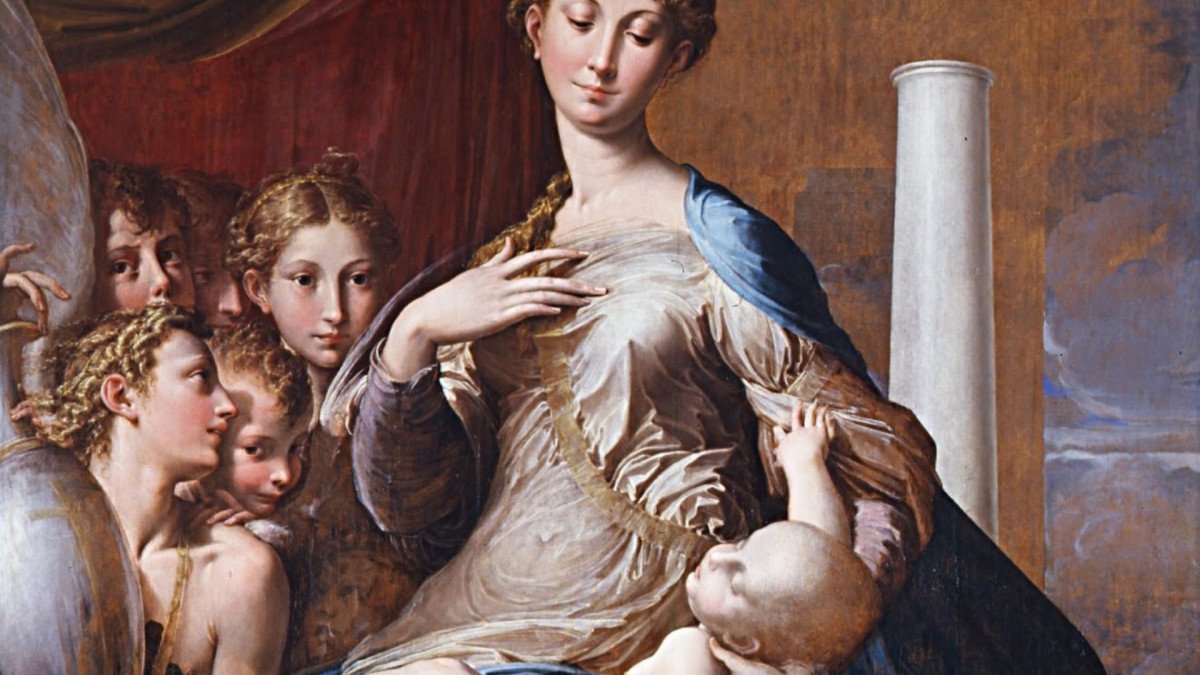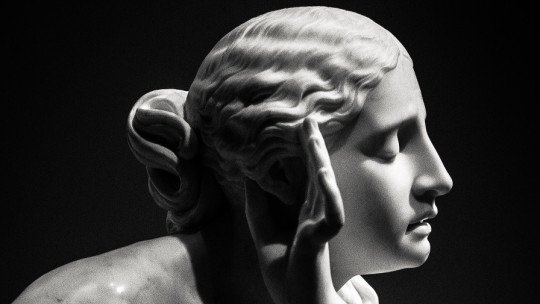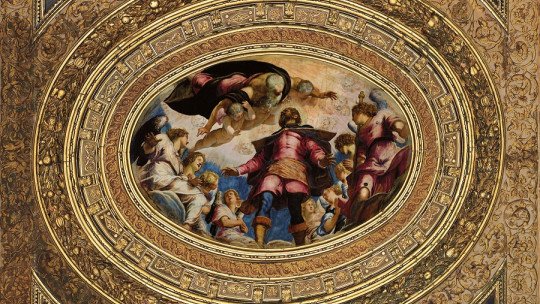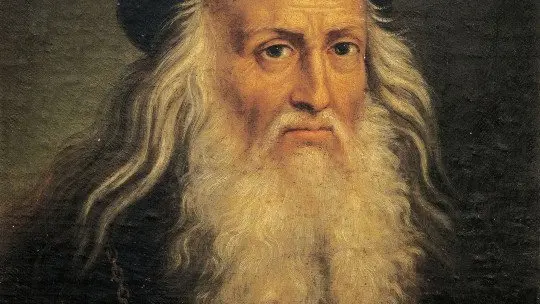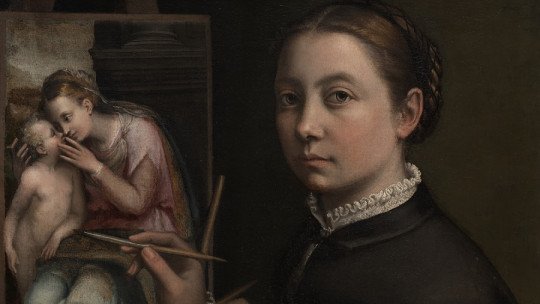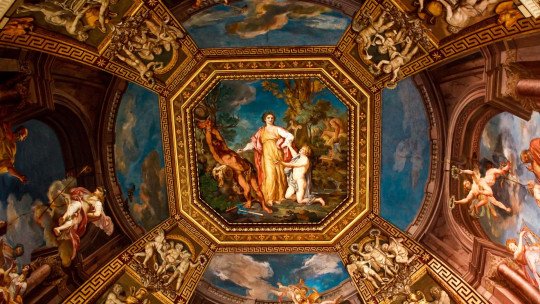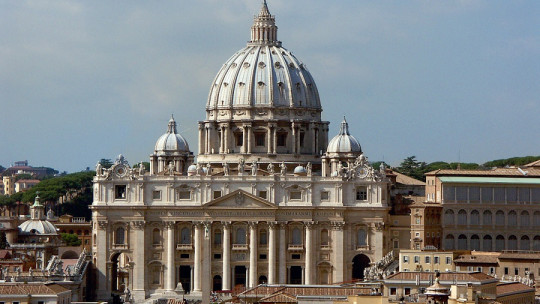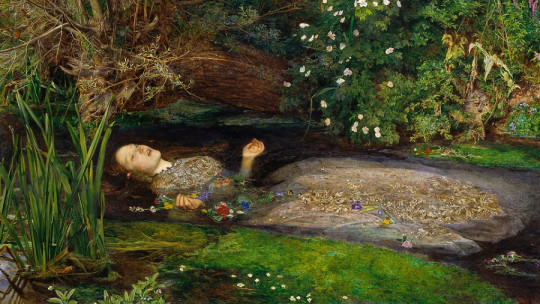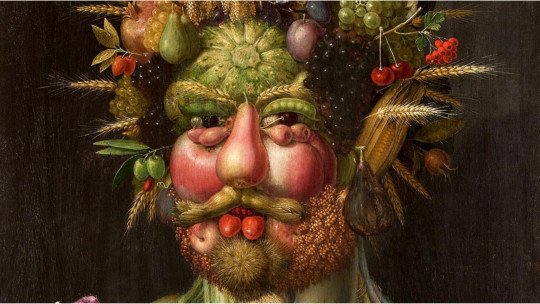
What is mannerism? More than often, this artistic movement that emerged in Europe at the end of the 16th century tends to go quite unnoticed. It may be because It is located “behind” one of the great currents of culture (not just art): the Renaissance. The fame of its artists (Leonardo, Raphael, Michelangelo…) has crossed borders and has caused the artists and works of Mannerism to be relegated to an unfair background.
And yet, we could not understand mannerism without the figure of Michelangelo Buonarroti (1475-1564). Among other things, because the word “mannerism”, as we will see, comes precisely from maniera (manner, way of doing things, in Italian); alla maniera de Michelangelo (in the manner of Michelangelo).
Can we conclude, then, that Mannerism is a crude “imitation” of the art of this Renaissance genius? Of course not. It is something that goes further, closely linked to the context (the Europe of the Reformation and the religious struggles), which we will try to summarize below. Today, we talk about art in the manner of Michelangelo that defined an entire period: mannerism.
The foundations of mannerism
We can define mannerism as a movement linked to the arts that emerged and developed in Europe at the end of the 16th century and beginning of the 17th century, framed by the religious crisis in which the continent was immersed. Just as the capital par excellence of the Renaissance had been Florence, the Mannerist epicenter was the city of Rome, closely linked to the figure of Michelangelo and his work.
The context: Europe in crisis
The presentation of Luther’s famous 95 theses at the doors of the church of the Wittenberg palace, in 1516, were the beginning of a profound religious crisis that had been brewing for centuries and that spread like an oil stain throughout the world. countries. The Protestant Reformation began, which would trigger an unprecedented religious crisis that would splash the continent (and, especially, France) with the so-called “wars of religion.”
In this climate of instability (both religious and political), the Catholic Church launched a propaganda machine that had, already in the 17th century, the Baroque as its main vehicle. However, before that, mannerism was the artistic language that was put at the service of this Church that saw the foundations of its power in danger.
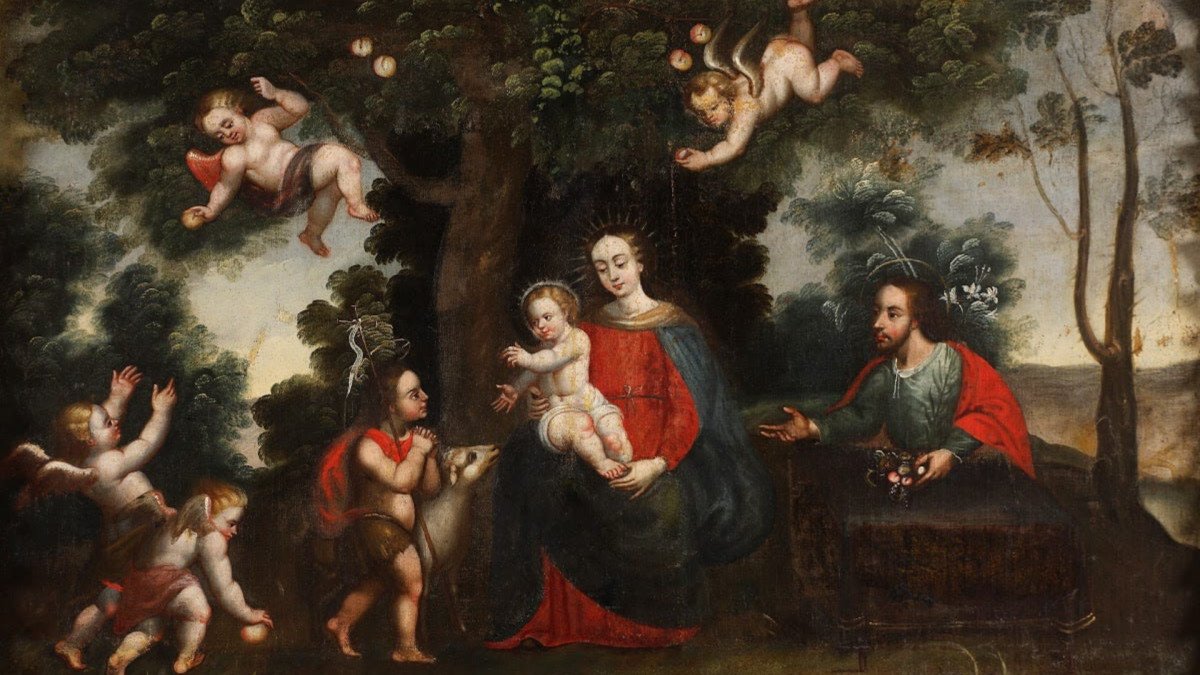
The new mannerist language. Rome: elegance and dynamism
But how to use an artistic style to disseminate ideas? Among other things, Mannerism moves away from the accentuated Renaissance idealism and instead proposes compositions with great complexity, without forgetting elegance and balance.
Thus, Mannerist compositions, especially Roman ones, are filled with dynamism to attract the faithful. Artists such as Sebastiano del Piombo, Daniele Volterra (a disciple, by the way, of the great Michelangelo) and Federico Zuccari elevated Mannerist precepts and expanded them.
Sebastiano del Piombo (1485-1547) was a true master of light and color. Highly influenced (of course) by Michelangelo, his Flagellation of Christ stands out in his artistic corpus, located in the church of San Pietro in Montorio (Rome). For his part, Daniele Volterra (1509-1566) is especially famous for being the author of the “purity cloths” that covered Michelangelo’s nudes in the Sistine Chapel, for which he was known by the unattractive name by Il Braghettone. Leaving aside this somewhat controversial episode, the truth is that the artist was a notable painter, author, among others, of the Assumption of the Virgin, in which, by the way, the disciple included a portrait of the master Michelangelo.
“Copying” Michelangelo
If there is a name to take into account in the development of mannerism, it is that of Michelangelo Buonarroti. The Florentine’s work fluctuated through several periods (remember that he died at an advanced age), but, in general, his style gave Renaissance art an expressiveness and dynamism unknown until then. There were many artists who were infected by the enthusiasm for his work and tried to “copy” his style or manner.
Where did the notable dynamism of Michelangelo’s work come from? The exaggerated positions of his characters and their contortions, as well as his forceful and modeled anatomy, were the secret of his success throughout Europe. Specifically, the Vatican Pieta, with the arm of the dead Christ fallen beyond the lap of the Virgin, will become a source of inspiration for numerous sculptors and painters of the 16th and 17th centuries, and even beyond, since we also appreciate its influence on the work The Death of Marat, by Jacques-Louis David (1748-1825).
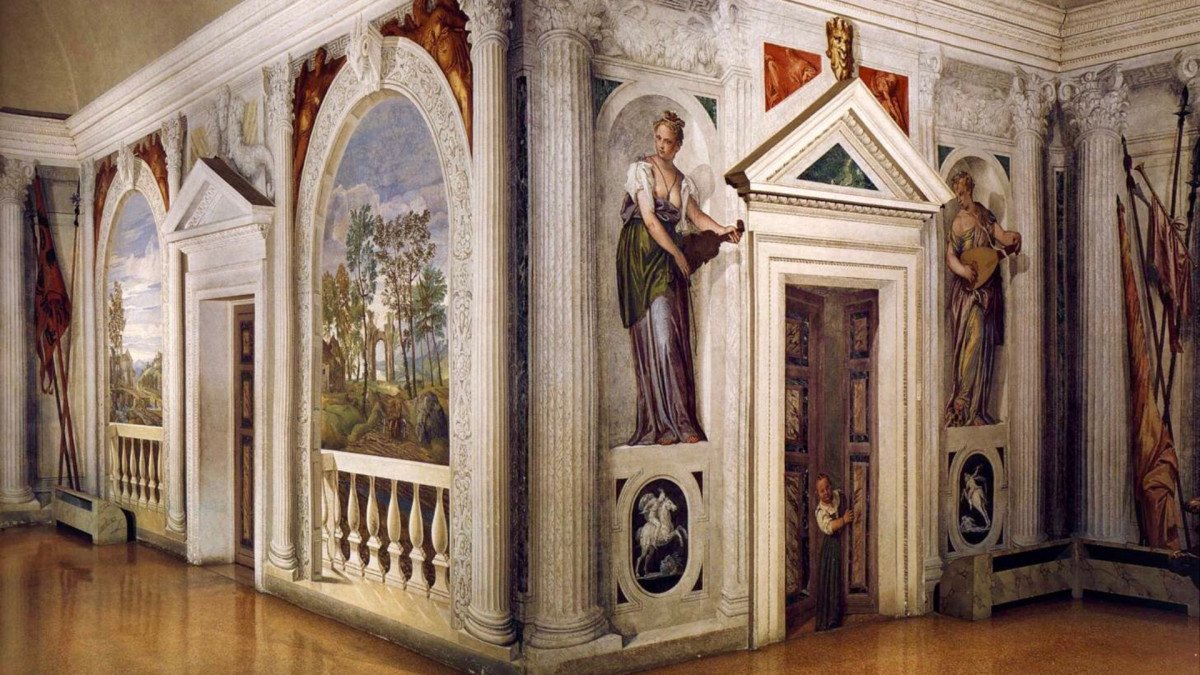
Girolamo Francesco Maria Mazzola, better known as Il Parmigianino (1503-1540) is one of the most prominent authors of Italic Mannerism. His works show this evident departure from the idealized naturalism of the Renaissance and explore new ways of expression. One of his best-known creations, an authentic Mannerist exponent, is his Madonna with the Long Neck, preserved in the Uffizi in Florence and which shows all the “exaggerations” and “deformations” typical of Mannerism. The Virgin, holding an anatomically large and excessively long child, has an elongated body and a disproportionately long neck.
These are not, at all, “mistakes” by Parmigianino, but rather constitute, precisely, ways of giving the composition the dynamism and movement so characteristic of Mannerism. A movement that, very often, is solved with an ascending spiral that seems to “suck” the elements of the painting.
Hispanic mannerism
Like the rest of Europe, the Iberian Peninsula was experiencing a period of uncertainty and profound changes at the end of the 16th century. Charles I had died in 1556 and, after him, Philip II ascended the throne and inherited the enormous empire of the Hispanic Habsburgs. From this it follows that the influence of Hispanic culture will be decisive for much of Europe and America.
Philip II is the champion of the Counter-Reformation, in a perennial struggle against the Protestants and, to this end, Mannerism was assimilated in his lands as a vehicle to express the ideas of the Catholic Church. It must also be taken into account that the constant flow of silver and gold, coming from the Hispanic territories in America, allowed the financing of very important and iconic Mannerist monuments such as the monastery of San Lorenzo del Escorial.
The starting point of Mannerism in the Hispanic sphere is the main altarpiece of the Cathedral of Astorga (1566-1571), by Gaspar Becerra. In it we can glimpse a brilliant mix of classical architecture (typical of the Renaissance) with a sculpture of Michelangelo inspiration, of figures with forceful anatomies, as well as an elaborate and complex composition.
This Hispanic mannerism was not an isolated phenomenon, of course. Many of its most important artists moved to the Italian peninsula to study, mainly, the works of the great Michelangelo, the great inspirer of the style. On the other hand, There are many Italian artists who came to the Iberian Peninsula to work on large-scale projects, such as the aforementioned Escorial.
One of these artists who came from abroad was Domenicos Theotocópuli, better known as El Greco (1541-1614). With a fundamentally Greek Orthodox artistic training (which followed in the footsteps of Byzantium), his transfer to the Serenissima Republic of Venice in 1567 allowed him to discover the Renaissance in Italy, which radically modified his style (although it always had an influence Oriental). He later settled in Toledo, a city where he would live the remaining years of his life, and where he left large-scale works such as The Burial of Count Orgaz (1586-88), an authentic Mannerist apotheosis.
El Greco’s style is easily recognizable for its originality. Their elongated and stylized figures (especially when it comes to saints), the expressiveness of their faces and looks (that white dot in the pupil so characteristic of the painter, which gives us the sensation of seeing a frozen tear). ), summary, despite his obvious personality, the essence of mannerism: expression, beauty and movement.
